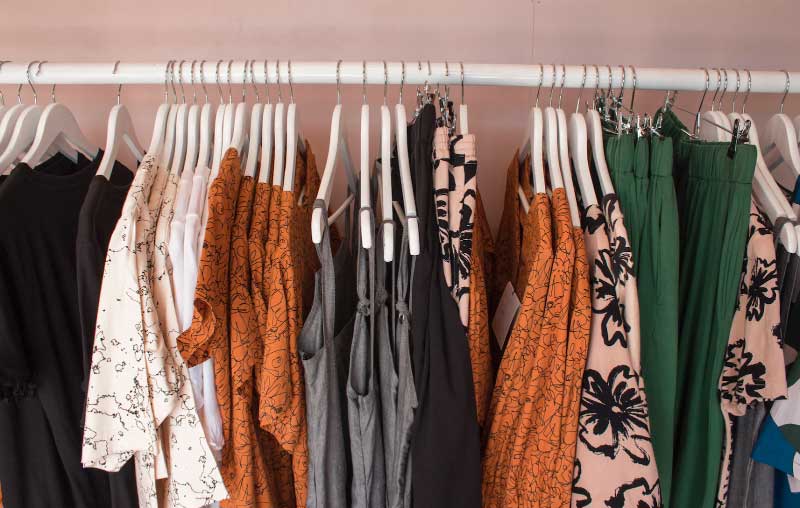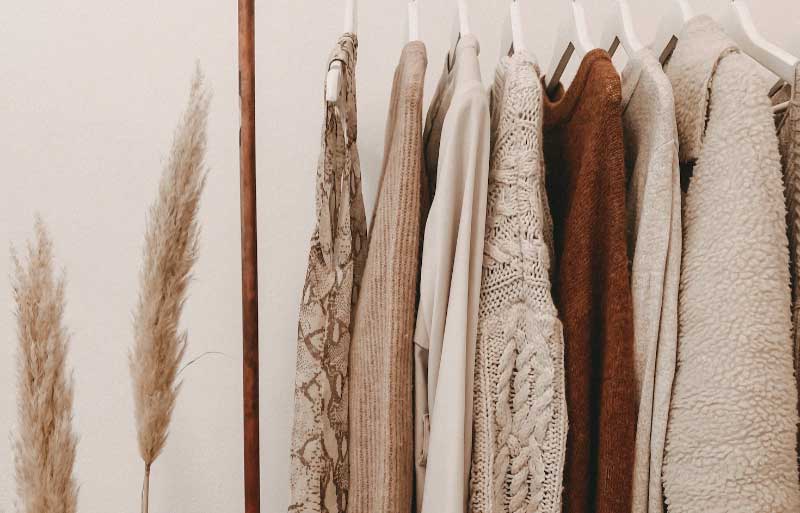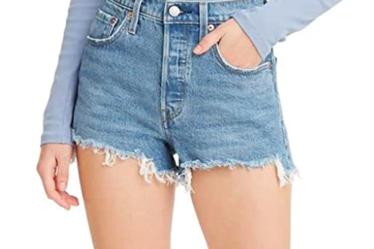
Second-hand clothing bales are large bundles of used items collected and packaged for resale. These bales can be purchased by individuals or businesses interested in sorting and selling clothing items to customers.
The sorting and selling of second hand clothing bales typically involve opening the bale and separating the clothing items into smaller groups based on size, style, and condition. This can make it easier for the seller to price and display the clothing items for sale.
Once the clothing items have been sorted, they can be made available for sale through various channels, such as physical retail stores, online marketplaces, or export. In some cases, the clothing items may be sold individually to customers.
In other cases, they may be sold in bulk to other businesses or organizations. The goal of sorting and selling second-hand clothing bales is to provide customers with access to gently used clothing items at a lower cost than new ones while also providing a source of income for the seller.
How To Sort Second-Hand Clothing Bales
There are several steps that you can follow when sorting second-hand clothing bales:
- Open the bale and carefully remove the clothing items. It’s a good idea to do this on a large, clean surface so you can easily see and access all of the items.
- Sort the clothing items into size, style, and condition groups. For example, you might separate the items into piles based on whether they are men’s, women’s, or children’s clothing or whether they are tops, bottoms, or outerwear.
- Check each item for stains, holes, or other damage. Set aside any items that are in poor condition and consider whether they can be repaired or if they should be discarded.
- Sort the remaining items into smaller groups based on size and style. This will make it easier for you to price and display the items for sale.
- Determine the price for each item based on its condition, popularity, and demand. It can be helpful to research similar items online to get a sense of what they are selling for.
- Make the clothing items available for sale through various channels, such as physical retail stores, online marketplaces, or export. Consider the methods most effectively to reach your target audience and generate sales.
By following these steps, you can effectively sort and sell second-hand clothing bales to customers.
How To Sell Second-Hand Clothing Bales?
Here are a few examples of how you can sell second-hand clothing bales:
- Physical retail store: If you have a physical storefront, you can display the clothing items in your store and sell them to customers who visit. You might organize the items by size, style, or season, and make sure to keep the store clean and well-lit.
- Online marketplace: You can create listings for clothing items on an online marketplace such as eBay, Etsy, or Poshmark. Make sure to include clear, detailed descriptions and high-quality photos of each item, and consider offering combined shipping for multiple purchases.
- Consignment shop: You can bring the clothing items to a consignment shop, which will sell the items on your behalf and give you a percentage of the profits. Make sure to research different consignment shops in your area and choose one with a good reputation and a track record of successful sales.
- Thrift store: You can donate the clothing items to a thrift store, which will sell them and use the proceeds to support a charitable cause. Make sure to check with the thrift store to see if they accept the types of items you have and if they have any restrictions on the condition of the items.
- Export: You can sell the clothing items to buyers in other countries directly or through a wholesale distributor. This can be a good option if you have a large number of items and can secure a good price. You’ll need to research potential buyers and be prepared to handle shipping and customs issues.
Mistakes To Avoid While Sorting And Selling Second-Hand Clothing Bales:

Sorting and selling second-hand clothing bales can be a profitable and sustainable business venture, as it allows you to give customers access to gently used clothing items at a lower cost than new ones.
Here are a few mistakes to avoid while sorting and selling second-hand clothing bales:
- Not inspecting the clothing items: It’s important to carefully inspect each clothing item for stains, holes, or other damage before selling it. Customers will be less likely to buy items in poor condition, and you could lose money if you sell items that are not wearable.
- Not pricing items correctly: Make sure to research the market and determine a fair price for each item based on its condition, popularity, and demand. If you price items too high, they may not sell, but you could lose money if you price them too low.
- Not properly cleaning and storing items: Make sure to clean and store the clothing items properly to keep them in good condition. If items are dirty or wrinkled, they may be less appealing to customers.
- Not effectively promoting the items: It’s important to let potential customers know about your clothing items for sale. This could involve creating listings on online marketplaces, advertising in local publications, or using social media to promote your products.
- Not keeping accurate records: Keep track of your sales and expenses, including how much you paid for each bale, how much you sold each item for, and any fees or expenses you incurred. This will help you to understand your profits and losses and make better business decisions in the future.
Conclusion
To successfully sort and sell second-hand clothing bales, you’ll need to carefully inspect and sort the items, determine a fair price for each item, and effectively promote and sell the items to customers. Some common mistakes to avoid include not inspecting the clothing items, pricing items incorrectly, and not effectively promoting the items. By following these guidelines and avoiding these mistakes, you can effectively sort and sell second-hand clothing bales and turn your passion for clothing into a successful business.



